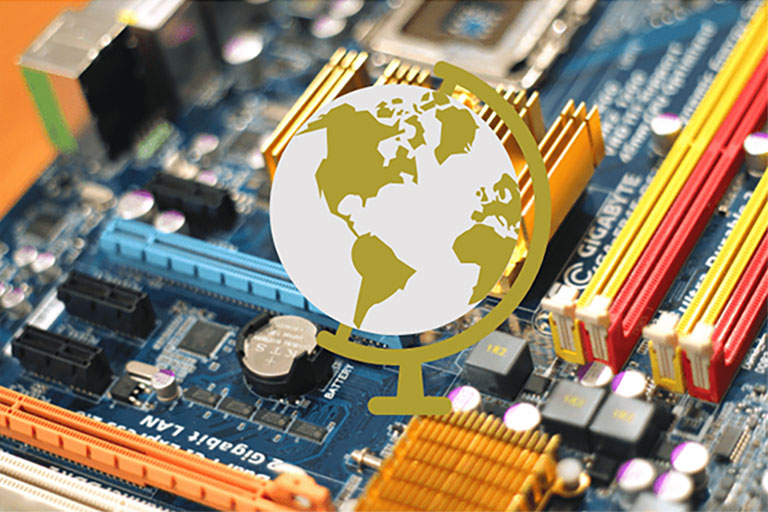When it comes to technical translations, what is commonly meant is a scientific translation, full of complex or sectorial terms.
However, what is often not realized is that almost any translation can be considered “technical”, for example a website that talks about fashion or the localization of programs, which require specific terms and controls.
Translations can be divided into 3 main categories:
– technical-scientific translations
– legal and sworn translations
– literary translations
The first category includes all translations for companies, of all kinds. Sometimes, even marketing translations contain specific technical terms that must be adhered to, therefore, it is often difficult, if not impossible, to distinguish clearly between the different types of translation.
So we can say that a good part of professional translations are technical (manuals, instructions for use, websites and often brochures) or scientific (essays, medical documents). The second type of translation is represented by legal and/or sworn translations, which require not only ad hoc terminology but also a series of specific formulas typical of the legal and bureaucratic field. Notaries, lawyers and companies use legal and sworn translations in their daily practices.
The last type of translation is the so-called “literary translation“, i.e. translation of fiction or children’s books. Often, in this type of translation, the language is certainly less technical, but the main difficulty lies in translating the author’s style and intentions into another language, if possible.
Publishing houses and translation agencies use bilingual writers, who not only translate the text, but also completely rewrite the book, adapting it to the tastes and sayings of the country of reference.


